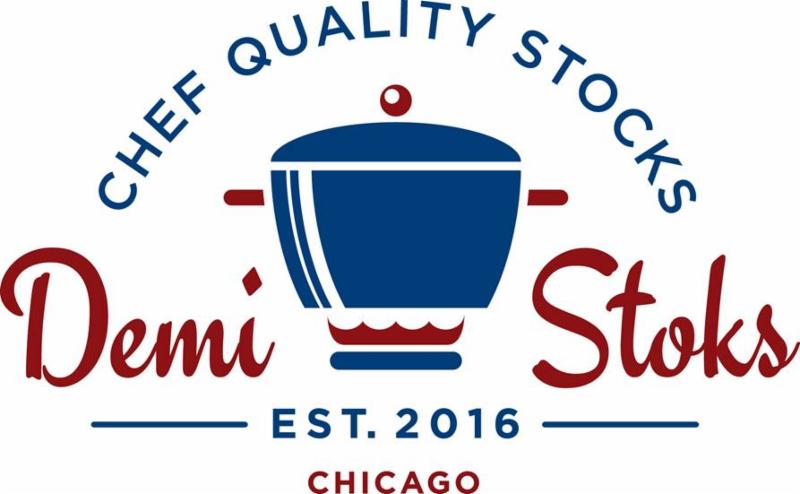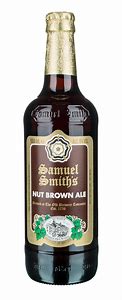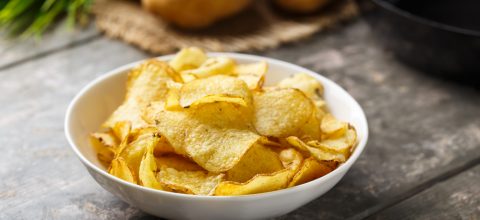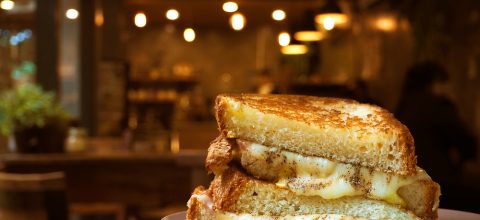Organic butter, stone ground whole wheat unbleached flour, free range chicken stock made from GMO-free vegetables and natural sea salt-sounds like a pretty clean list of ingredients and is highly appropriate for today’s food-conscious society. However, if I were back in the late ’70s and early ’80s and combined these ingredients together, I would have been shunned by the cutting-edge chefs of the time. OMG a sauce made with roux! Yes, this is an ingredient list for Velouté.
Velouté, Béchamel, Tomato, and Espagnole, four of the five major French mother sauces, are all roux-based. Roux, the cooked combination of fat and flour, has been condemned since the rise of the Nouvelle and Modernistic cuisines. However, the time for it to rise again is here, and it should be taken a little more seriously as part of current cooking processes.
If you don’t talk about the word “roux,” you can kind of get away with it. If you think about it, there is a secret society and an unspoken code in the world of culinary. Cook fat and flour together, but don’t call it roux. We have been savoring it for years and restaurants, bars, and bistros have been getting away with it. Ok, you, macaroni and cheese, étouffée, savory soufflé, clam “chawda” eating crowd out there, what do you think makes up the base of most of these dishes? That’s right, roux!
We need to rethink our approach to using roux. I have taste-tested many dishes, and when demi-glace (some may say the “other mother”) comes to the table for me to taste, I am personally disappointed. Why? Reducing stock in a pan is not a complex sauce but at best a syrupy mess! That’s right, sauce-making is a craft, not a side job where you throw a pot on the back of the stove and strain it every so often when the sides of the pot start to burn. It is crazy how the mind of an inquisitive chef works when they stare into a pot while watching flour go from bleached white to dark brown while making Cajun food.
Demi-glace by definition is an equal combination of Espagnole and stock reduced by half. The interesting thing here is the perception that this is always beef- or veal-based. Why is it different than a reduced jus? The ability to coat another food product with a sauce or provide richness through mouthfeel as you eat each morsel is a refined skill that is easily accomplished by reduced collagen but harder to produce by other means. Sweating, caramelization, reduction, simmering, skimming and straining require time and a focused effort. You see some variations of these of thickened sauces as modern chefs start to rely on colloid suspensions using gums and alternative vegetable starches, but I started to rethink animal fats and cereal grain flours.
My journey took me through the idea of infusing the fats and varying the proportions of the types of flours. With the rise of the alternative grains, ideas started to pop about sauce-making and going down a deviant’s path. Think about this:
Caraway Infused Schmaltz and Rye Flour for Roast Chicken Jus
- Toasted Barley Flour and Confit Fat for Poutine Gravy
- Sweet Rice Flour and Chili Oil Buerre Mainé (kneaded butter and flour) for Grilled Pork Kebabs
- Almond Butter and Toasted Almond Flour for Fish as a Modern Vin Blanc
Experimentation is the fun part of cooking; however, there are many known processes that work and do so for good reason. So, experimentation with a classic process such as tempering a roux at the beginning of the sauce process or finishing with different combinations of a fat and starch is a way of creating a stored knowledge. Expertise such as this may come in handy one day when a group of chefs throw a mystery at you. Please give roux and old school sauce-making a second chance!
Demistoks
Don’t Have the Time or Desire

Here is a shout-out to a great friend who is producing a great clean CAB Demi-Glace using old school methods. It’s available in foodservice, so keep a lookout for it.
Beer
Thinking of Toasted Barley
As you may know, toasting barley whether raw or malted to various stages is a key component of brewing. It is a learned skill to interpret those flavors in a beer as you taste it. Here is a great one to learn from. It has a nuttiness that reminds me of a Buerre noisette.
Samuel Smith Nut Brown Ale

This Northern English Brown Ale has an underlying nut quality from roasted crystal malts. Make sure you check the dates on the bottles; it suffers from age so drink as fresh as you can.










